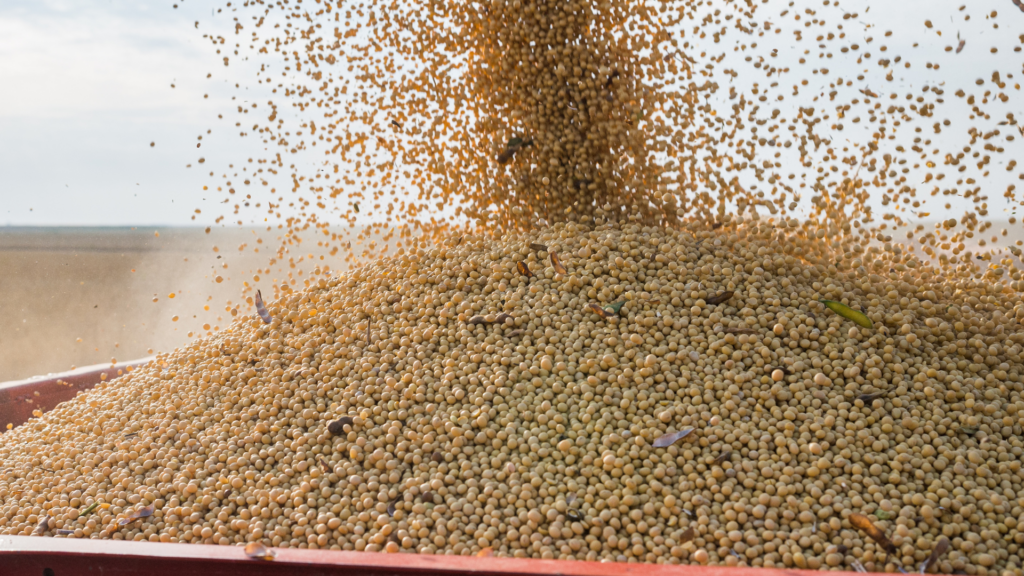
Rice is one of the most consumed cereals in the world, essential in the diets of billions of people, especially in Asia, Latin America, and parts of Africa. Its origins are ancient, with evidence pointing to the domestication of rice in the Yangtze River valley region of China over 9,000 years ago. Since then, the cultivation of rice has expanded globally, adapting to various climates and territories.
There are several varieties of rice, which can be classified according to grain size (long, medium, and short), color (white, brown, black, red), and specific characteristics of preparation and consumption (Arborio, Basmati, Jasmine, among others). Each type has its own characteristics in terms of texture, flavor, and culinary use, being chosen according to the recipe or personal preference.
The cultivation of rice is notable for its ability to adapt to different agricultural methods. Predominantly, rice is grown in flooded areas, known as paddy fields, a method that, although water-intensive, is efficient in terms of space and productivity. In addition to its crucial role in nutrition, rice also holds cultural significance in many societies, being present in festivals, religious ceremonies, and as a symbol of prosperity and fertility.






